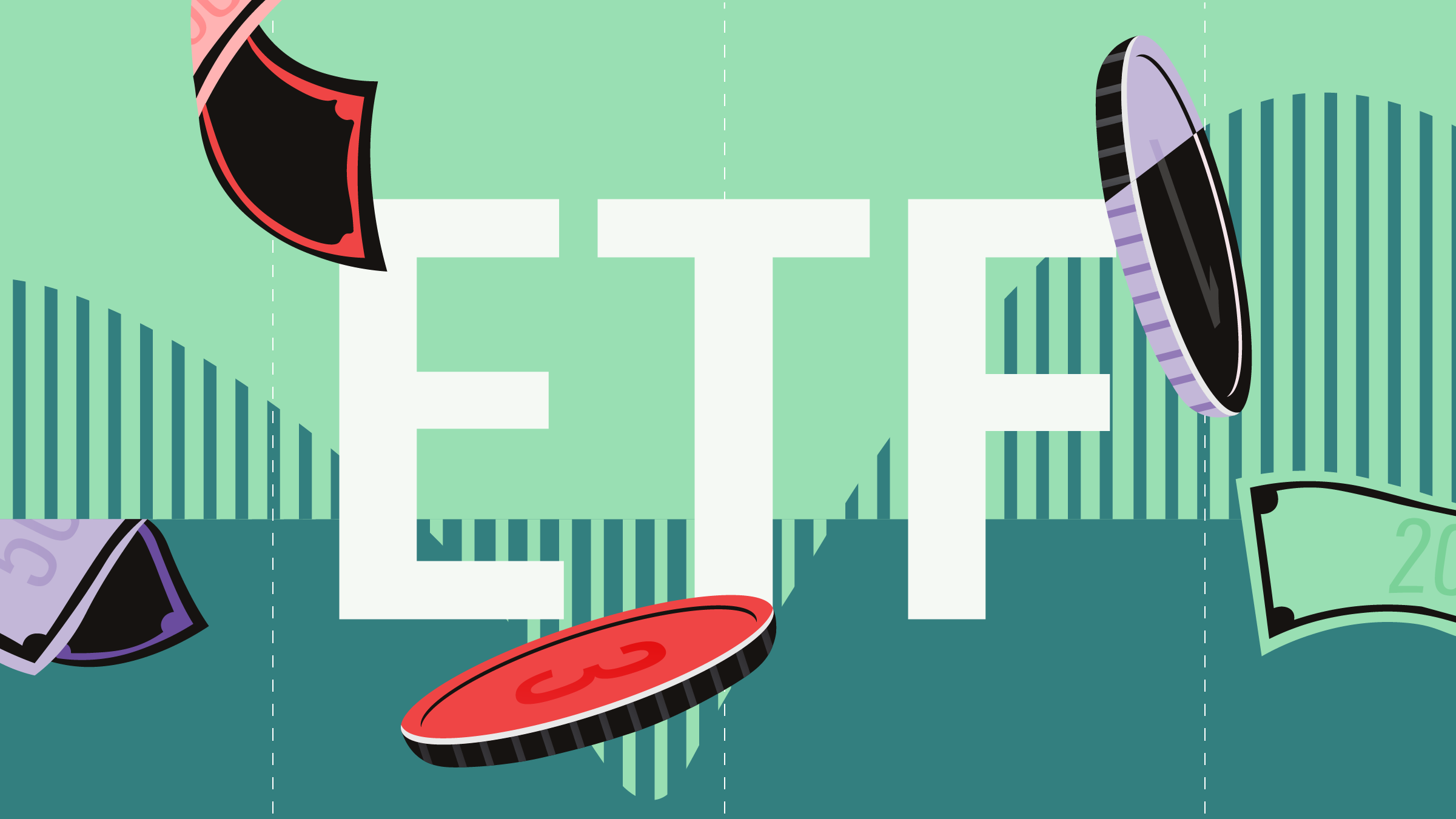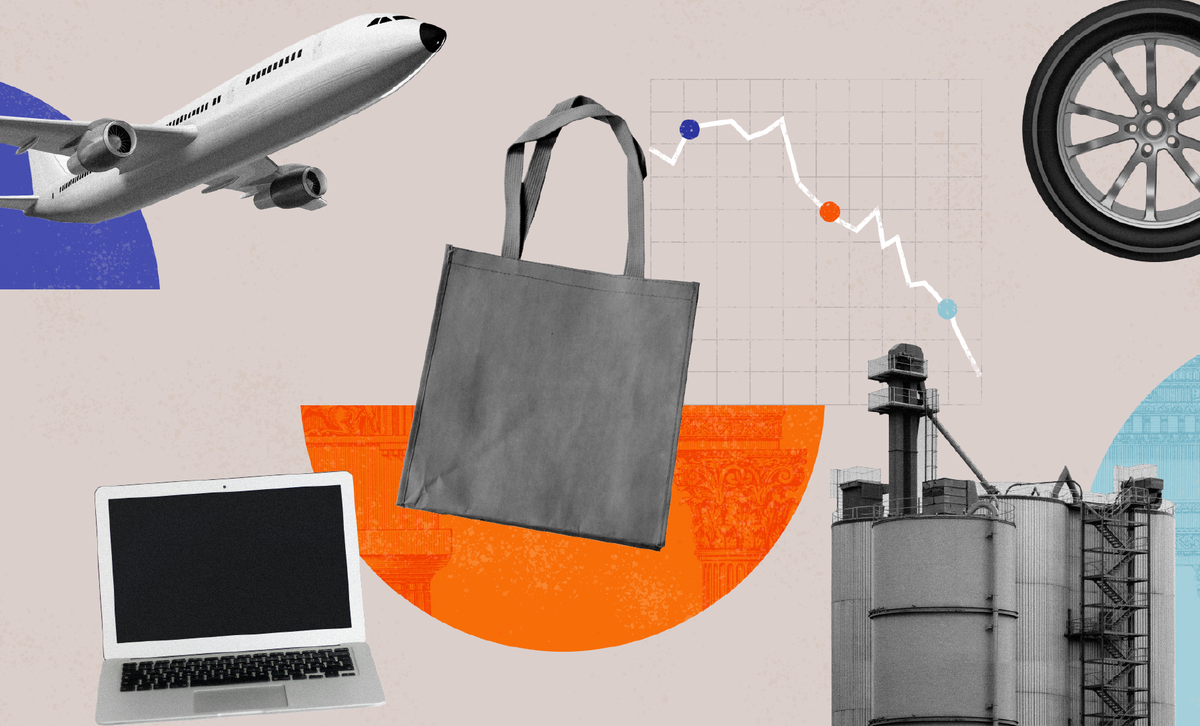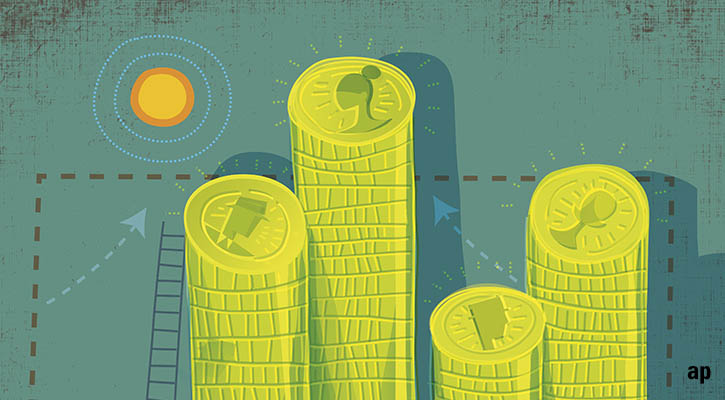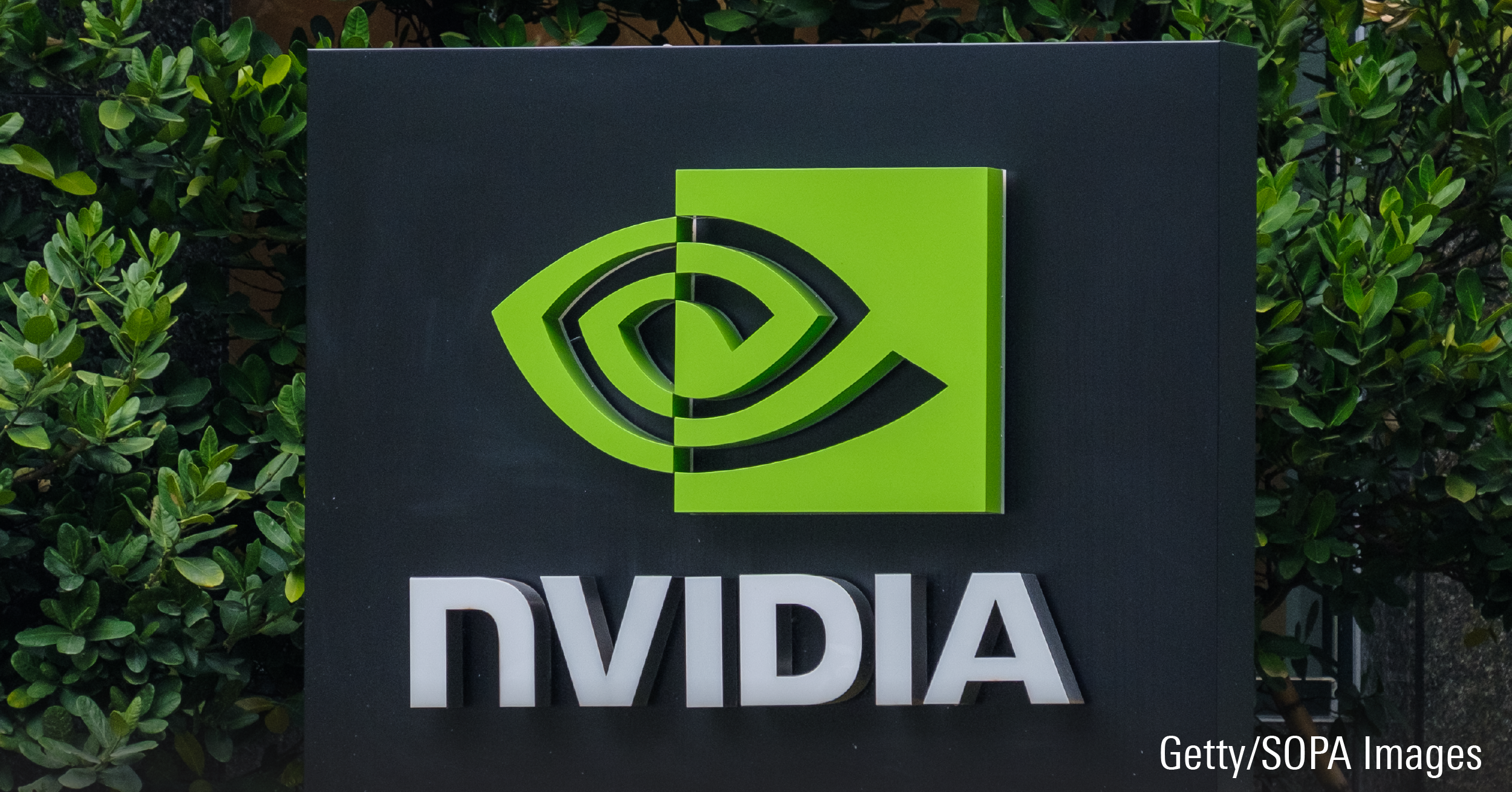Christian Charest: Until just a few years ago, investing in commodities was essentially the domain of institutional investors. Individuals who wanted to increase their exposure to commodities had to make do with what equity mutual funds were giving them.
That's all changed now with the advent of exchange-traded funds and their ever increasing specialization, which gives individual investors more access to commodity investing than ever before – and that gives them one more asset class with which to diversify their portfolio. But what exactly are you getting when you invest in one of those commodity ETFs? I am here with Dr. Paul Kaplan, Morningstar Canada's Director of Research to set the record straight on this.
Now Paul, what are we getting when we invest in those ETFs? How do ETFs get exposure to say agricultural products, copper, oil, et cetera?
Dr. Paul Kaplan: Yes. Well, obviously, since most of us really can't physically and directly invest in those commodities – we don't have silos to put the wheat. We don't have places to keep the cattle. We don't have places to keep barrels of oil. What is done is we use the futures market and this is what these ETFs generally do. And the way that works is in a futures contract, you enter into an agreement – if you're on the long side of the contract, basically to take delivery of that commodity at some point in the future.
Now, again, you don't actually want to take physical delivery of that commodity, as you'd have no place to put it. So instead, what you have to do is called rolling the contract and that's where things really get tricky.
Charest: So, what are the risks of that forward contract structure?
Kaplan: Okay. Well, let's suppose I have a contract coming up that I want to get out of, but to maintain my exposure – let's say the lean hogs for example – and I don't actually want physical lean hogs. So, what I do is I say, okay, I'm going to get out of the contract which is getting closer to expiration and I'll move into one which is going to mature further down the road.
Now, what happens very often in these commodities is that the contract in which I am buying is more expensive than the one I'm selling. That's called contango and that's characterized in an upward sloping curve if we were to plot the maturity of the contract versus the price.
Charest: So you're essentially adding more risk that's not really related to the underlying commodity, it's related directly to the structure of the investment.
Kaplan: That's right. It's more related to the nature of investing in futures than really anything else and this is a really important point. Now, I would also point out that it can work to your advantage because sometimes commodities are in backwardation. That means if we plot that maturity versus price curve, the curve is actually downward sloping, in which the case what we're able to do is sell a contract at a higher price than the one we're buying. Therefore, locking in a profit.
With individual commodities it changes over time, sometimes they are in backwardation, sometimes they are in contango. There are lots of complicated economic conditions that cause the shapes of these curves to change over time. So, when you're going into one of these products via an ETF, you really need to understand these subtleties because the returns that you get from the ETF, maybe quite different than what you're expecting.
Charest: And how different can it be? How important are these effects in the return of a commodity ETF?
Kaplan: Well, in terms of individual commodities they are considered to be quite important. The example I like to use is the price of natural gas. Over a 20-year period, we see the price of natural gas rising quite a bit and yet had I took a long only position in natural gas and kept rolling the natural gas contract, I actually would've lost money at the same time the spot price was going up.
Charest: Because of the contango effect?
Kaplan: Because of contango effect. The other one is where there is a backwardation effect and it works the other way.
Charest: Now, for investors who want to increase their commodities exposure, but want to minimize those effects, are there any tools available?
Kaplan: There are some tools, because while the very first generation of commodity ETFs were linked to very simple indices – which simply went to the short-end of the curve and simply kept that long position. But one of the things in the futures market you can do, is you do have the option of taking the short position. If you take the short position, then of course if you time things correctly, you can actually work these effects to your advantage, when they're going against the long side. Actually, what we've done at Morningstar is we've developed a family of indexes that are based on this idea.
Charest: And are there any products available to Canadian investors that follow these indexes?
Kaplan: Yes. The indexes that we’ve developed include what we call long-short index in which case what we try to do is that those commodities which are tend to going up because commodities do have this momentum effect. Those that are going up, we take the long position, those that are going down we take the short position.
Now, here in Canada, what there is actually a product which is available from iShares, which is actually a link to what we call a long flat index. What that one does is that when the momentum effect is saying to go long, we go long. But, when it's saying to go short, we don't go short, we simply go into cash and we basically wait things out until it goes long again.
Charest: Interesting. Thank you very much, Paul.
Kaplan: Thank you.

















